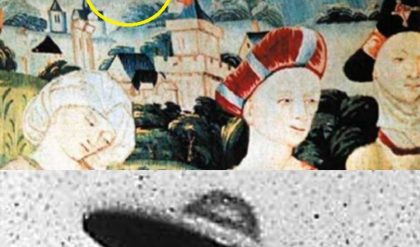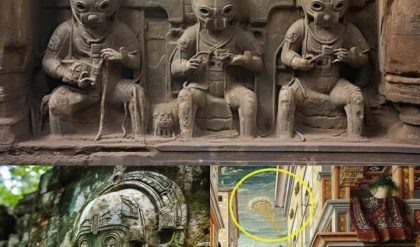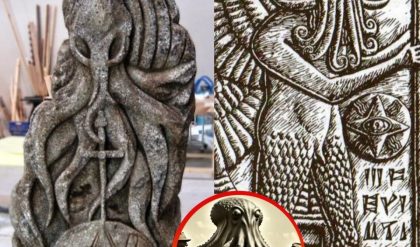The ‘Meat-Shaped Stone,’ an exquisite piece of Qing Dynasty craftsmanship, stands as a testament to the intricate artistry and cultural symbolism of ancient China. This renowned carving, which remarkably resembles a slab of Dongpo Rou—an iconic Chinese dish—offers a unique glimpse into the blend of art, culture, and culinary inspiration during the Qing Dynasty.

The Artifact: An Artistic Marvel
Description and Appearance: The ‘Meat-Shaped Stone’ is a meticulously carved piece of jadeite, resembling a cooked slab of Dongpo Rou. Dongpo Rou is a traditional Chinese dish featuring braised pork belly, known for its rich, savory flavor and distinctive appearance. The stone carving captures the texture, color, and details of the dish with remarkable precision, showcasing the artist’s skill and attention to detail.
Historical Context: The carving dates back to the Qing Dynasty (1644-1912), a period renowned for its cultural and artistic achievements. The Qing Dynasty saw a flourishing of the arts, including painting, sculpture, and jade carving, with artisans creating works that reflected both aesthetic beauty and symbolic meaning.
Cultural and Culinary Significance
Symbolism: The ‘Meat-Shaped Stone’ is not just an artistic piece but also a symbol of the Qing Dynasty’s fascination with culinary culture. The carving reflects the importance of food in Chinese society, where culinary traditions often intersected with artistic expression.
Dongpo Rou Inspiration: Dongpo Rou, named after the famous Song Dynasty poet Su Dongpo, is a dish celebrated for its flavor and texture. The carving’s resemblance to this dish highlights the influence of culinary arts on the visual arts during the Qing Dynasty. It also underscores the cultural value placed on food and its representation in art.
Artistic Techniques and Materials


Carving Techniques: The creation of the ‘Meat-Shaped Stone’ involved advanced jade carving techniques, demonstrating the high level of skill possessed by Qing Dynasty artisans. The use of jadeite, a highly prized material, adds to the carving’s value and significance.
Material and Craftsmanship: Jadeite, known for its durability and luster, was a preferred material for intricate carvings during the Qing Dynasty. The artist’s ability to render the texture and color variations of Dongpo Rou in jadeite showcases the technical prowess and creative vision of the period’s craftsmen.
Historical Impact and Legacy
Global Recognition: The ‘Meat-Shaped Stone’ has achieved global recognition for its artistic and cultural significance. It is often featured in discussions of Qing Dynasty art and is admired for its unique blend of culinary and artistic elements.
Exhibitions and Collections: The carving is held in prestigious collections and has been exhibited in museums around the world. Its display serves as an educational tool, offering insights into Qing Dynasty artistry and the cultural importance of food in Chinese history.
Continued Fascination: The continued fascination with the ‘Meat-Shaped Stone’ reflects the enduring interest in Qing Dynasty art and the broader cultural context in which it was created. The carving remains a symbol of the intersection between art and daily life in ancient China.
Conclusion: A Culinary and Artistic Icon
The ‘Meat-Shaped Stone’ is more than just a remarkable piece of jade carving; it is a cultural icon that bridges the worlds of art and cuisine. Its creation during the Qing Dynasty highlights the era’s artistic achievements and its deep appreciation for the culinary traditions of the time. As a celebrated artifact, the ‘Meat-Shaped Stone’ continues to captivate audiences with its intricate craftsmanship and its reflection of China’s rich cultural heritage.





